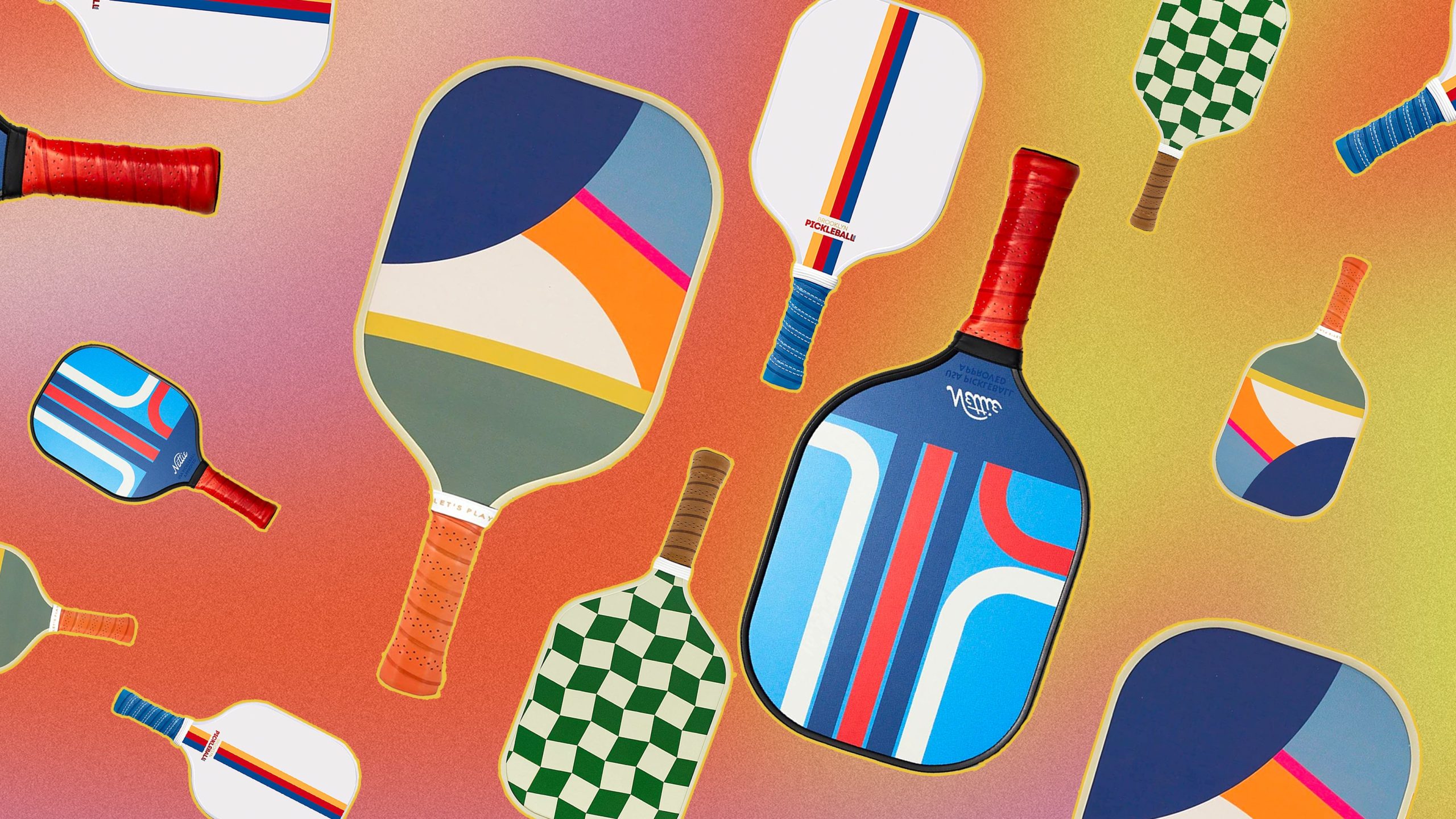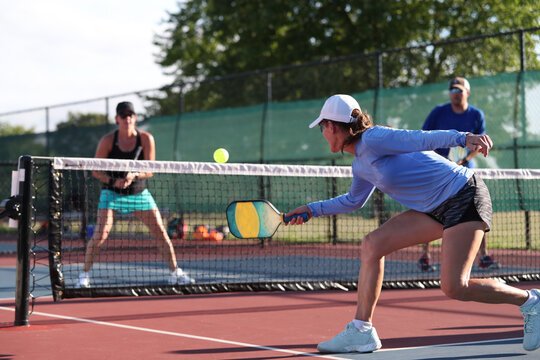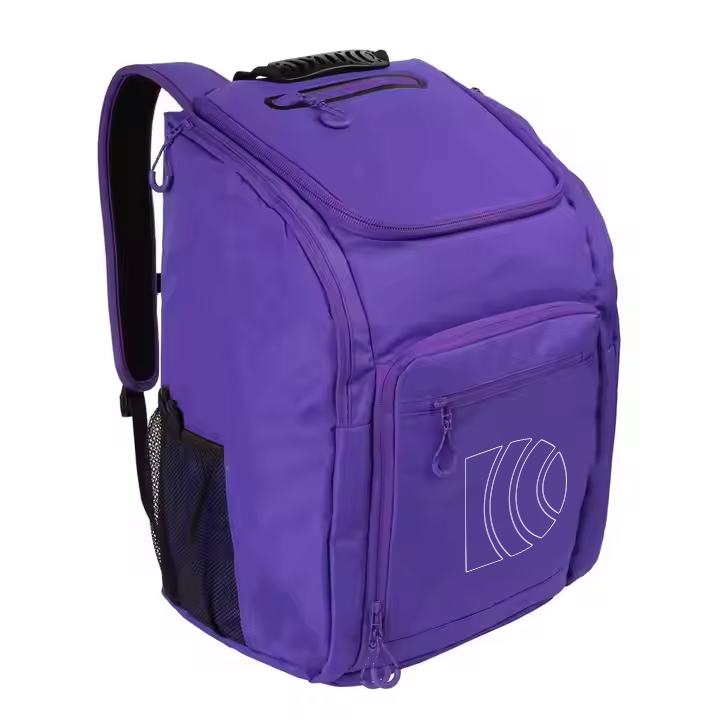
Pickleball, once a niche sport played by retirees in quiet communities, has exploded into a global phenomenon in recent years. With its surge in popularity across all age groups, especially in North America, the demand for high-performance pickleball paddles has led to a booming global manufacturing race. In 2024, the pickleball paddle market is dominated by two major regions: Asia—particularly China—and North America, with the U.S. leading on the brand and innovation front. But who really holds the crown?
Asia: The Production Powerhouse
China continues to be the undisputed leader in the mass production of pickleball paddles. With its well-established supply chains, competitive labor costs, and maturing manufacturing technologies, Chinese manufacturers offer scale and affordability that few can match. Over 70% of the world’s pickleball paddles are produced in Chinese factories, serving both private labels and major international brands.
Leading companies like Dore Sports, based in China, have capitalized on this trend by evolving from traditional manufacturing to smart production. Dore Sports has not only upgraded its factories with automated cutting and molding lines, but also invested in lightweight composite materials, recyclable cores, and custom printing capabilities. Their goal? To meet the rising demand for sustainable and high-performance paddles without compromising on speed or cost.

North America: The Branding and Innovation Hub
While Asia leads in production volume, North America has become the center of product design, branding, and innovation. U.S.-based companies like Selkirk, Paddletek, and Joola have become household names among professional and amateur players alike. These brands emphasize advanced materials, ergonomic design, and performance-enhancing features.
However, the cost of manufacturing in North America remains significantly higher. As a result, many American companies partner with Asian manufacturers to produce their paddles, focusing instead on research and development, quality control, and brand building domestically.
Tech and Sustainability: A Common Ground
In response to environmental concerns and rising consumer expectations, both regions are increasingly focusing on sustainability and smart technologies. Dore Sports, for example, has introduced AI-assisted quality control systems, allowing for real-time inspection of defects during paddle production. They’ve also rolled out eco-friendly packaging solutions, customized branding services, and accelerated lead times using digital order tracking systems.
To stay competitive in a tech-forward market, Dore Sports collaborates with sports engineers and overseas clients to co-develop paddles tailored to various game styles—from power play to control and spin. This collaborative approach not only shortens product development cycles but also aligns with regional player preferences.

The Future of the Game
The global pickleball paddle manufacturing map in 2024 is a reflection of two continents playing complementary roles: Asia powers the engine with its massive production capabilities, while North America steers the wheel with cutting-edge design and player-centric innovation.
As the sport gains Olympic momentum and pickleball courts pop up in urban centers from Shanghai to San Diego, companies like Dore Sports are doubling down on tech-driven, sustainable manufacturing to bridge the quality-cost divide.
In this fast-paced game of innovation and production, the winners will be those who can combine the strengths of both worlds—Asian efficiency and Western creativity.

As a one-stop pickleball product supplier, D...

As a one-stop pickleball product supplier, D...

As a one-stop pickleball product supplier, D...